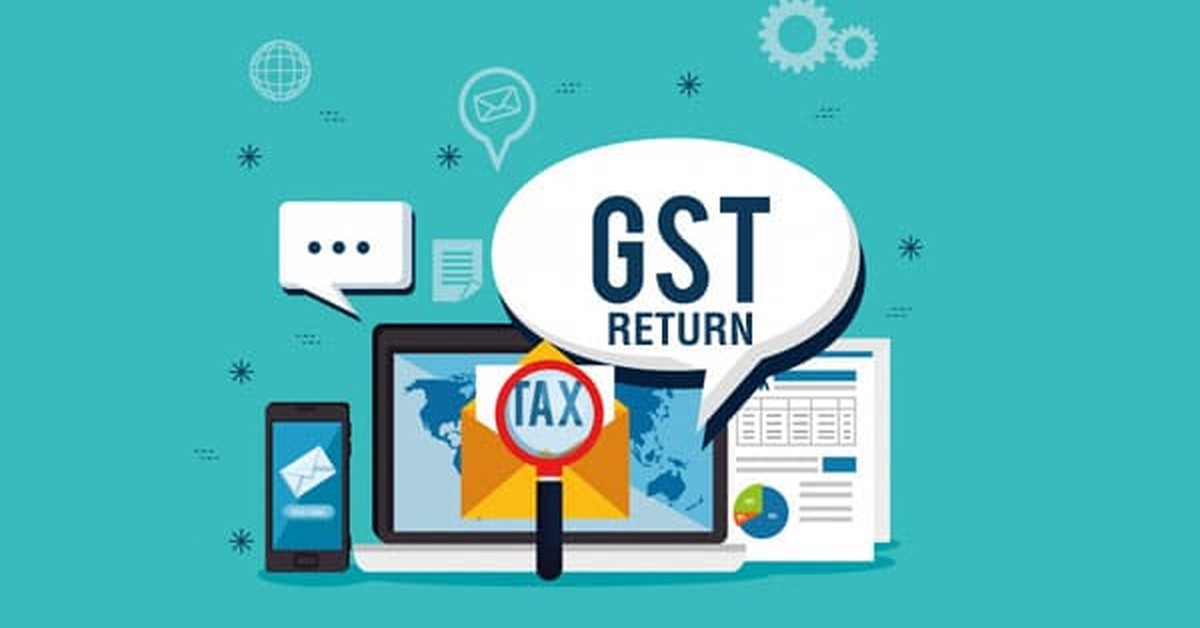Goods and services tax is an indirect tax that came into effect from July 1st, 2017 across India. A GST Return is a document that provides all the details related to GST invoices, payments, and receipts for a specific period.
The taxpayers who have their firms and business across India, (interstate or intrastate) are liable to file for GST return as prescribed by the GST council and indirect tax department under the GST returns. Based on which the authorities calculate the amount of tax to be paid by the business.
While filing GST returns, the registered dealer has to fill the following details for the concerned period.
• Total sales
• Total purchases
• Output GST (GST paid by customers)
• Input Tax Credit or ITC (GST paid by the business for purchases)

Who Should File GST Returns?
GST returns should be filed by every business unit that has its turnover more than 20 or 40 lakh (Optional) annually. Taxpayers are also advised to go through various eligibility criteria for different slabs.
What are the types of GST Returns?
|
Return |
Details |
Due date for filing returns |
|
GSTR 1 |
Mentions details of taxable goods or services, or both as well as that of outward supplies. |
11th of the subsequent month for more than 1.5 Crores (Turnover) & Last Day of the Succeeding month for up to 1.5 Crores turnover |
|
GSTR 2 |
Provides the details of inward supplies associated with taxable goods and/or services, along with ITC claims. |
15th of the subsequent month. |
|
GSTR 3 |
Carries details of monthly returns based on finalized detail related to inward and outward supplies. It also provides the details of the total tax payable. |
20th of the subsequent month. |
|
GSTR 4 |
Has the details related to Quarterly Return filing, specifically for compounded tax liabilities of specific individuals. |
18th of the month succeeding quarter |
|
GSTR 5 |
Carries details of GST return filing for non-resident foreign individuals. |
20th of the subsequent month |
|
GSTR 6 |
Acts as the form for Input Service Distributors to file returns. |
13th of the subsequent month |
|
GSTR 7 |
Used as the form which facilitates Return filing for authorities initiating TDS. |
10th of the subsequent month |
|
GSTR 8 |
Carries supply details for e-commerce operators along with the collected tax amount as per sub-section 52. |
10th of the subsequent month |
|
GSTR 9 |
Used as the form to file Annual Returns. |
31st December of the next fiscal year |
|
GSTR 9A |
Carries details to file Annual Returns relative to Compounding taxable individuals registered u/s 10. |
31st December of the next fiscal year |
Steps to fill GST Return Online
All the taxpayers have to file GST returns every year; be it manufacturers, suppliers or retailers.With the advancement in technology, the government is also moving towards innovation & automation and has started facilities for e-filing or online filing of GST returns on common GST portal. With this, one can easily file GST returns online
The returns can be filed online with the help of applications & software introduced by Goods and Service Tax Network (GSTN). These innovative facilities by the government automate the GST return filing
process and auto-populates the details in GSTR forms. Below given are the ten simple Steps to File GST Return Online:
1. Before filing, make sure that you are registered under GST and have the 15-digit GST identification number with you based on your state code and PAN. If you do not have this number, you need to first register online to get it.
2. Next, visit the GST portal.
3. Click on the 'Services' button.
4. Click on the 'Returns dashboard' option and then, from the drop-down menu, fill in the financial year and the return filing period.
5. In this step, select the return you want to file and click on 'Prepare online'.
6. Provide all the required values including the amount and late fee, if applicable.
7. Once you are done filling in all the details, click on 'Save' and you will see a success message displayed on your screen.
8. Click on the 'Submit' option at the bottom of the page to file the return.
9. Once the status of your return shifts to 'Submitted', scroll down and click on the 'Payment of tax' option. Then, click on 'Check Balance' to view cash and credit balance, so that you are aware of these details before paying tax for respective minor heads. Next, you need to mention the amount of credit you want to use from the credit already available, to clear your liabilities. Then click on 'Offset liability' to make the payment. When the confirmation is displayed, click on 'OK'.
10. In the last step, check the box against the declaration and select an authorized signatory from the drop-down list. Now click on 'File form with DSC' or 'File form with EVC' option and then click on 'Proceed'. Proceed with the payment in the next step for your respective GST.






 CAclubindia
CAclubindia


